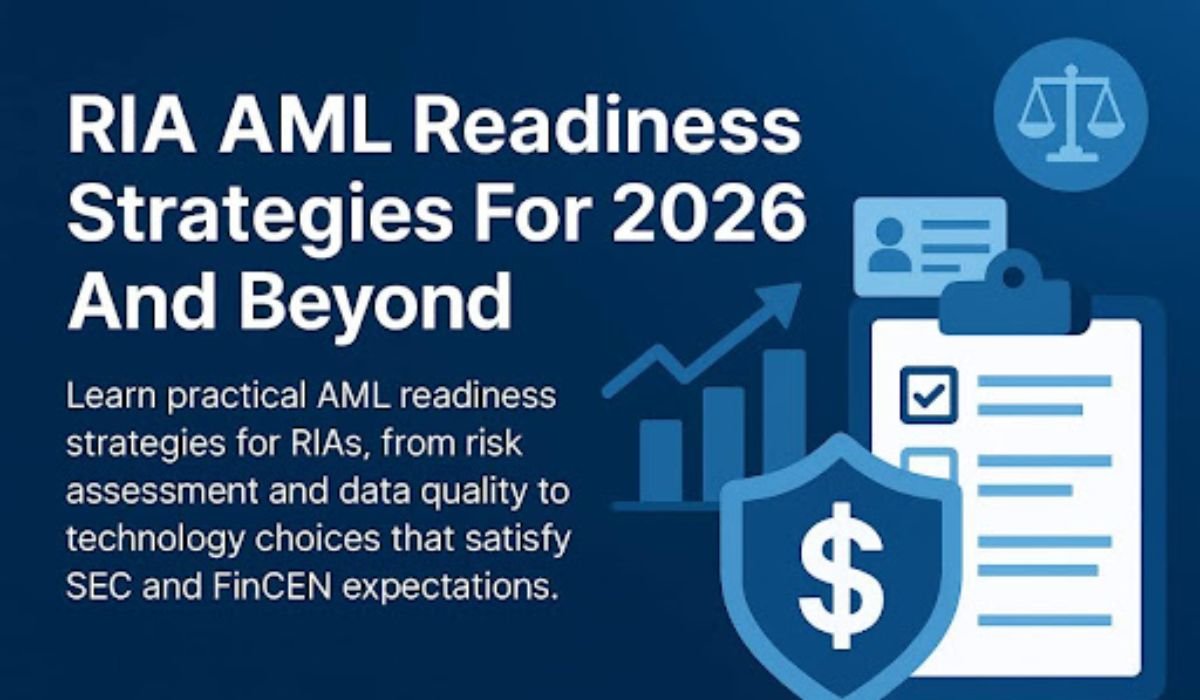Artificial Intelligence (AI) and Machine Learning (ML) are transforming the way businesses operate. From predictive analytics to personalized customer experiences, AI ML development is no longer just a futuristic concept—it’s a present-day necessity. However, many companies still hesitate to adopt these technologies due to one major challenge: the complexity and cost of building in-house AI/ML teams.
The good news? Embracing AI/ML doesn’t always mean hiring data scientists, ML engineers, and building massive internal infrastructures. With the right approach, businesses of all sizes can integrate AI/ML solutions efficiently and cost-effectively—without ever assembling an in-house team.
Here’s how.
Understanding the Real Barriers
Before diving into how businesses can access AI/ML without internal hires, it helps to understand the common obstacles that make building in-house teams so daunting.
High Costs and Long Hiring Cycles
Hiring top-tier AI/ML talent is expensive. Salaries for experienced professionals are high, and the competition for skilled individuals is fierce. Beyond hiring, there’s also the cost of infrastructure, software, training, and time—something many businesses, especially small and medium-sized ones, can’t afford to invest in.
Rapidly Changing Technology
AI and ML are fast-evolving fields. Staying current with the latest tools, frameworks, and best practices is a job in itself. In-house teams often require ongoing learning and adaptation, which can stretch both time and resources.
Lack of Clear Strategy
Many businesses want to “do something with AI,” but struggle to define what exactly that means for their organization. Without a clear use case or problem to solve, internal teams can spend months experimenting without delivering real results.
The Smarter Alternative: Leveraging External Expertise
The alternative to building an in-house team is simple—partnering with external AI/ML experts. This strategy allows businesses to implement intelligent solutions faster, more flexibly, and with less overhead.
Partnering with AI/ML Development Agencies
AI/ML development agencies specialize in delivering tailored solutions. These firms have pre-assembled teams of data scientists, engineers, and product strategists who work together to build models and systems that solve specific problems.
Whether it’s developing a recommendation engine for an e-commerce platform or using computer vision to improve quality control in manufacturing, external teams can handle everything from design to deployment.
Key benefit: Businesses get immediate access to expertise and infrastructure without long-term commitments or recruitment delays.
Using AI-as-a-Service (AIaaS) Platforms
AIaaS platforms offer ready-to-use tools powered by AI and ML, which businesses can plug into their existing systems. Examples include natural language processing APIs, image recognition tools, chatbot builders, and fraud detection services.
These platforms abstract away the technical complexity. Instead of building models from scratch, businesses simply configure existing services to match their needs.
According to DigitalOcean’s 2023 Currents survey, 45% of professionals find such technologies make their jobs easier, while 27% say they free up time for more critical tasks. As a result, 78% anticipate increased adoption of AI/ML tools this year.
Key benefit: AIaaS reduces time-to-value and allows teams without technical backgrounds to deploy AI capabilities.
Collaborating with Freelancers and Specialists
Freelance marketplaces now include highly skilled AI/ML practitioners. For businesses with very specific, short-term projects, hiring freelance talent can be a flexible and budget-friendly solution.
This works particularly well for data exploration, proof-of-concept development, or refining existing models. Freelancers can be onboarded quickly and only paid for the work they deliver.
Key benefit: On-demand access to niche skills without full-time obligations.
Choosing the Right Model for Your Business
Not every business will benefit from the same approach. Selecting the right path depends on the problem you’re trying to solve, the data you have, and the technical capabilities already in place.
Define the Problem First
AI/ML is most effective when solving a well-defined business problem. Instead of starting with “we want AI,” begin with questions like:
- What manual tasks take up too much time?
- Where do we lose customers or revenue?
- What decisions could be improved with better data?
Once a problem is clear, it becomes easier to explore AI/ML solutions that can address it—without unnecessary complexity.
Assess Your Internal Capacity
It’s important to know what your internal team can support. If there’s limited technical capability, AIaaS or turnkey agency partnerships may be the most efficient route. On the other hand, if some internal resources can manage integration and oversight, collaborating with external developers or freelancers could offer more control and customization.
Start Small, Scale Smart
Begin with a pilot project—something manageable, measurable, and meaningful. This could be automating invoice processing, adding a smart search function to your website, or using sentiment analysis to monitor customer feedback.
A successful pilot builds confidence and provides a framework to scale AI/ML across other areas of the business.
How AI/ML Development Partners Work With Businesses
Understanding what to expect from a collaboration with external AI/ML developers can help businesses feel more in control of the process.
Step 1: Discovery and Strategy
The first phase is usually about understanding the business’s goals, challenges, and data landscape. AI/ML experts work to identify opportunities for automation, optimization, or insight generation.
This step often includes:
- Defining the use case
- Identifying available and needed data
- Outlining technical and business goals
Step 2: Data Collection and Preparation
Quality data is the fuel for any AI/ML system. External teams will often help collect, clean, and format data to ensure it’s usable for model training.
Even if data is messy or incomplete, experienced teams can guide businesses through what’s usable and what’s not—often supplementing gaps with external datasets or synthetic data.
Step 3: Model Development and Testing
Once the data is ready, developers build and train models to perform specific tasks—like making predictions or classifying inputs. These models are tested thoroughly to ensure reliability, accuracy, and fairness.
This is where experience matters most. A good partner doesn’t just deliver code; they explain what the model does, how it works, and what to expect.
Step 4: Integration and Deployment
The finished AI/ML solution is integrated into the business’s workflows or systems. This might involve deploying a web API, embedding a model in an app, or feeding predictions into a dashboard.
Crucially, the best partners make deployment seamless and ensure that non-technical users can interact with the outputs easily.
Step 5: Monitoring and Optimization
After deployment, models need to be monitored. External teams typically offer ongoing support to maintain performance, retrain models if needed, and adjust for changing conditions or business needs.
Real-World Examples Without Internal Teams
Here are a few examples of how businesses are applying AI/ML without hiring in-house experts:
- Retail: A mid-sized online store used a third-party AI firm to implement a product recommendation engine, increasing average order value without any internal developers.
- Healthcare: A clinic partnered with an AI vendor to screen patient data for early signs of chronic illness, freeing up staff time and improving patient outcomes.
- Logistics: A logistics company used an AIaaS platform to predict delivery delays based on traffic and weather patterns—without ever building its own models.
These are just a few of the many ways businesses are successfully adopting AI/ML through partnerships and tools.
What to Look for in an AI/ML Partner
Choosing the right partner is crucial. Look for teams that:
- Understand business goals, not just technical specs
- Offer end-to-end services, from ideation to deployment
- Provide transparent communication, including risks and limitations
- Prioritize ethical and responsible AI, especially when handling personal or sensitive data
A great partner becomes an extension of the business, translating complex tech into usable, value-driven outcomes.
Final Thoughts
AI/ML development is no longer exclusive to tech giants or enterprises with deep pockets. Thanks to external partners, tools, and platforms, businesses can now unlock the benefits of AI/ML without the burden of building in-house teams.
The key is to focus on problems, not technology. When businesses align AI/ML efforts with real challenges and tap into the right expertise, innovation becomes accessible—and impactful.
Whether it’s through agencies, platforms, or freelance specialists, the path to intelligent automation and smarter decision-making is wide open. All it takes is the right first step.











